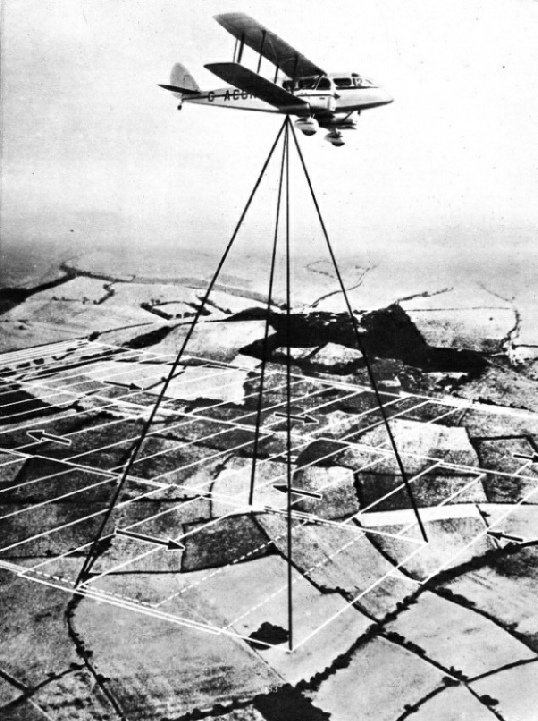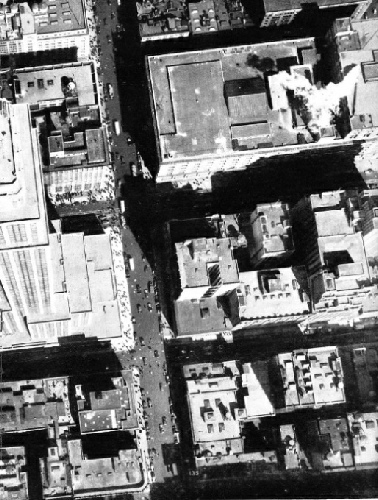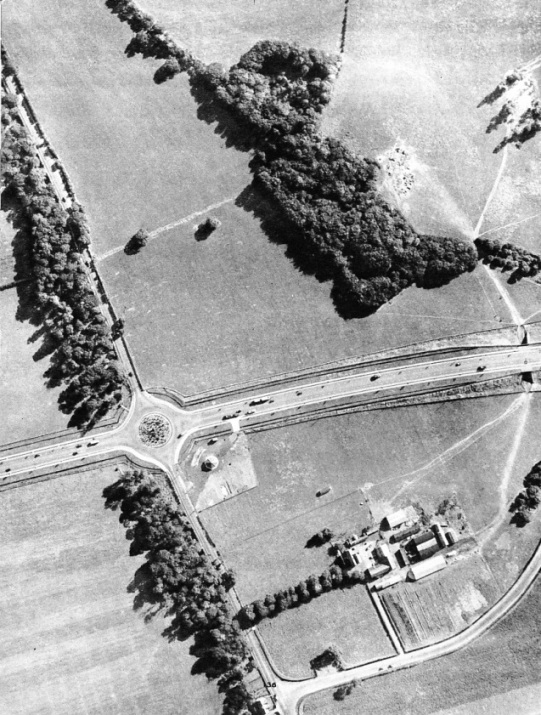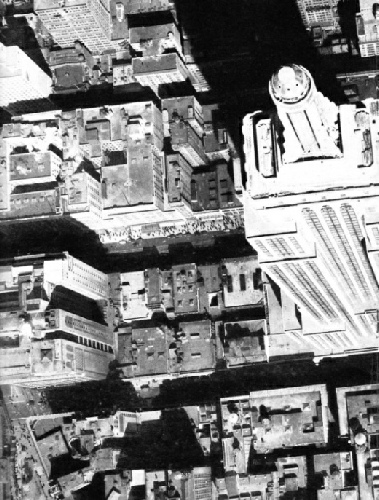
© Wonders of World Aviation 2015-


Part 5
Part 5 of Wonders of World Aviation was published on Tuesday 5th April 1938, price 7d.
This part included a central photogravure supplement showing various aspects of aerial photography. It illustrates the article on Air Photography.
The Cover
The cover illustration this week shows the aerodrome at Shoreham-by-Sea, Sussex.
Shoreham is now an official airport with customs offices. It serves the towns of Brighton and Worthing. It may also be classed as one of the pioneer British aerodromes, ranking next to Hendon and Brooklands.

Contents of Part 5
Conquest of the North Atlantic (Part 2)
The story of the first non-stop flight from the New World to Europe, by the late Sir John Alcock and Sir Arthur Whitten Brown. This chapter is concluded from part 4.
It is the third article in the series Great Flights.
Bird Flight
How difficult aeronautical problems are solved by nature. Bird flight is not without its fascination to anyone interested in aeronautics.
A reclaimed swamp that was made into a great aerodrome. The geographical position of Singapore makes the island extremely important as a junction in the world’s airway system. One of the finest airports in the world was opened at the city of Singapore on June 12, 1937.
Air photography has become an important science chiefly because there is everywhere an unceasing demand for maps. Photography has been called upon to lend its aid in mapping. It is only since the advent of the modern aeroplane that photography has played any considerable part in map compilation.
This is the first article in a series on Air Photography.
Instruction in the Air
There are some people who could never handle an aeroplane satisfactorily, no matter how many or few their years; there are others who by some instinct take naturally to the air regardless of whether they are sixteen or sixty. There is an inborn talent for flying as for driving a motor car or handling a horse, and how much of that talent you have can be decided only by taking lessons. Instructing, too, calls for a special instinct, as any pilot knows who has learned under more than one instructor.
This is the second article in the series Learning to Fly.
Atlantic Weather Forecasts
How the upper air of the North Atlantic is charted. The story of the flights between Foynes, Eire, and Botwood, Newfoundland which began in the summer of 1937 to chart the upper air over the Atlantic.
The First to Australia (Part 1)
This chapter tells the story of the first flight to Australia. Among the aviators who were attracted by the flight of over 11,000 miles and by the £10,000 prize offered by the Australian Government for the first Australians to fly from England to the Commonwealth in under thirty days were two brothers, Ross Smith and Keith Smith. This chapter is concluded in part 6.
This is the fourth article in the series Great Flights.
Air Photography
Photogravure Supplement
HOW AIR SURVEY PHOTOGRAPHS OVERLAP ONE ANOTHER both in the direction of flight of the aeroplane and laterally where the lines of photographs join. The arrows indicate the path of the aeroplane. A signal light warns the pilot to steady the aircraft two seconds before each exposure is made.
Air Photography: Photogravure Supplement - 2
THE EMPIRE STATE BUILDING, NEW YORK CITY. This picture provides a vivid illustration of the rectangular-block system on which New York is planned, and shows the way in which the high buildings cut off the sunlight from many of the streets. The Empire State Building is 1,250 feet high.
Air Photography:
Photogravure Supplement
MODERN AND OLD ROADS intersect at the roundabout near Haydock, Lancashire. The broad road is the Liverpool-East Lancashire Road, A 580, and the tree-lined road is an old Roman Road. An interesting feature is the farmer’s tunnel under the new road, with the well-worn cattle tracks leading to it.



